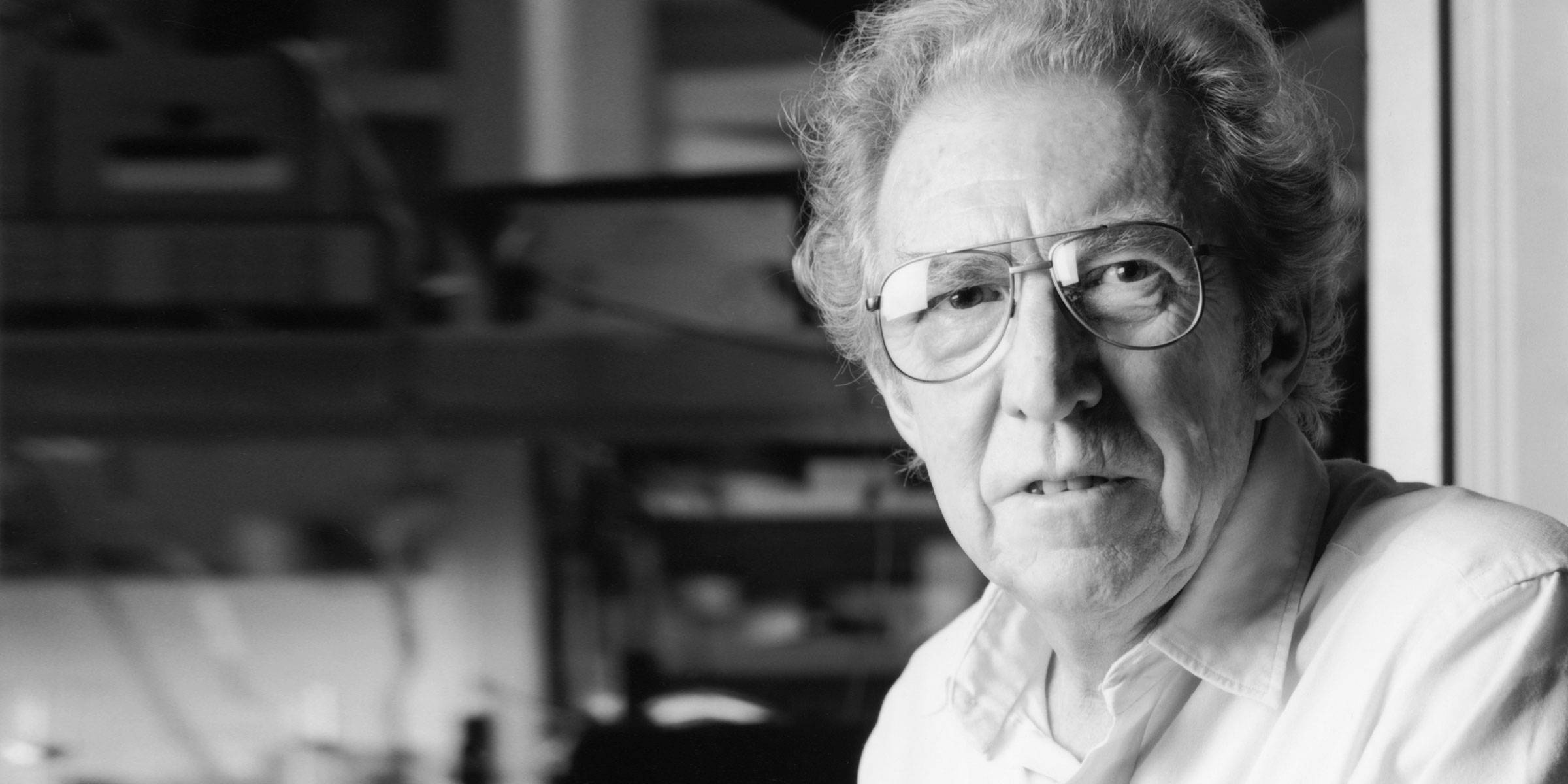Mauzerall’s research focuses on the photochemistry, origin, and evolution of photosynthesis. His lab has developed photoacoustic methods to determine the enthalpy and volume changes of individual photoreaction steps in these processes. These methods allow for a very simple and rapid measure of the efficiency of photosynthesis. By quantifying the enthalpy and volume changes in photosynthetic systems and in the photocycle of the proton pump bacteriorhodopsin, the Mauzerall lab has found that, unlike simple reaction systems, those of photobiology using proteins can contain a large entropy component. Certain steps in the photosystems during photosynthesis and in bacteriorhodopsin are driven by entropy instead of the usual energy or enthalpy. His lab is now extending these measurements to the thermodynamics of the crucial oxygen-forming system of photosynthesis. Preliminary results show that the enthalpy is constant in the four electron transfer steps required to form oxygen from water, indicating that evolution has not only solved the problem of “splitting” water but has also succeeded in developing the minimum energy path for the formation of oxygen. The understanding of this system is crucial to the use of photosynthesis as a source of energy.
With Steven Mielke, a research associate in the lab, Mauzerall has also determined the efficiency of a unique cyanobacterium that uses chlorophyll d, which absorbs at longer wavelengths than the usual chlorophyll a. They have found that the efficiency at the wavelength of light absorbed by chlorophyll d is at least equal to, if not more than, that in chlorophyll a organisms. These results indicate that the long wavelength limit to the photosynthetic formation of oxygen has not yet been reached, a finding that is of interest to astrobiologists studying the possibility of life-supporting planets located near common stars that are substantially redder than the sun. The efficiency of photosynthesis in the red region has now been determined with unprecedented resolution (1 nanometer or 0.01 eV) and accuracy (one percent). Analysis of the data not only determines the efficiency of each of the two photosystems separately but also the energies of their “traps.” This is where the photoexcitation energy is converted to chemical oxidation-reduction species by charge separation. The determination is absolute since it is in terms of energy itself; this is particularly important for the oxygen-generating system, as its redox potential is too oxidizing to be determined directly.
Mauzerall received his B.S. in chemistry from Saint Michael’s College in 1951 and his Ph.D. in physical-organic chemistry from the University of Chicago in 1954. He joined Rockefeller in 1954 as a research associate. He became assistant professor in 1959, associate professor in 1964, professor in 1969, and professor emeritus in 2001. He is a fellow of the American Association for the Advancement of Science and various scientific societies.
